Reviewed by Corey Noles
You share a vacation album with friends, and instead of launching it into the digital void hoping someone noticed, you get real-time notifications when they add their own photos and leave comments. That future might be closer than you think—APK teardowns reveal Google Photos is quietly building what looks remarkably like a social network for your personal memories.
A recent teardown reveals Google is overhauling Photos' sharing functionality with a notification-style activity feed. The new "Sharing Activity" page replaces the current sharing icon with a notification bell, creating what's essentially a social media feed for your albums. Add this to existing features like the My Week highlights that let you share weekly memories with friends and family, and Google Photos starts looking remarkably like Instagram for your personal photos.
What you need to know: • Google Photos is testing a social-style notification feed for album activity • Storage management gets a new "recovery meter" to show potential space savings • These changes suggest Google wants to embrace full social networking features • The updates build on existing social features like My Week highlights and collaborative albums
Why this notification feed changes everything
The upcoming Sharing Activity page represents Google's biggest push toward social functionality yet. Instead of the current sharing icon next to your profile picture, you'll see a notification bell that opens a feed listing likes, comments, and album additions from your contacts.
This feed will notify you when someone adds photos to your album, comments on your memories, or even when you've been added to a group—complete with the name of who invited you. The feature essentially turns every shared album into a mini social network where you can track engagement just like you would on Facebook or Instagram.
Here's what makes this particularly powerful: it transforms Google's existing My Week feature from a one-way sharing tool into an interactive conversation starter. Currently, My Week lets you share weekly photo highlights where recipients can like and comment through a dedicated carousel. But without notifications, those interactions often go unnoticed by the original sharer. The new notification system creates engagement loops—when someone reacts to your My Week memories, you'll know immediately, encouraging more sharing and interaction.
During our testing of various Google Photos sharing features, this disconnect between sharing and feedback has been consistently frustrating. You share memories hoping for engagement but rarely know if anyone actually saw them. The technical implementation shows Google's serious intent here: code strings suggest comprehensive notification tracking for group additions, photo contributions, and social engagement—features that mirror the engagement mechanics of major social platforms.
Storage management gets smarter (and more necessary)
While the social features grab headlines, Google's also addressing one of Photos' most frustrating pain points: storage management. The new "recovery meter" appears when you tap categories like screenshots or blurry photos in the "review and delete" section.
This meter shows exactly how much storage you can reclaim by following all suggested cleanup actions. It's a small change, but one that could save you from those annoying "storage full" notifications that always seem to appear at the worst moments.
The timing makes strategic sense given where Google Photos is heading. As the platform becomes more social with features like collaborative albums and engagement notifications, users will naturally share more content and participate in more group discussions. This increased activity drives storage consumption—more shared albums mean more backed-up content, and social engagement often leads to downloading others' photos to keep locally.
Google provides 15GB of free storage compared to Apple's 5GB, but power users still hit limits quickly. Better storage visualization helps users make informed decisions about paid upgrades, which start at $19.99 per year for 100GB. The feature complements Google's existing folder-based backup controls and rumored favorites-only backup options, giving users granular control over what consumes their quota as social sharing increases.
What this means for your photo workflow
These changes signal Google's recognition that photo sharing has evolved beyond simple album links. The notification feed acknowledges that people want ongoing conversations around their memories, not just static galleries.
For families and friend groups, this transformation addresses real workflow pain points we've encountered. Consider a family wedding: traditionally, you'd create an album, share it with relatives, and hope everyone contributes their photos. With the notification system, you'll see exactly who added what and when, making it feel like an ongoing family conversation rather than a digital dropbox.
The psychological shift is significant. Instead of wondering if anyone saw your vacation photos, you'll get real-time feedback through likes, comments, and contributions. The collaborative features already let contacts add their own photos to your albums, but the notification system transforms this from a utility into a social experience. Group travel photos become collaborative storytelling, with each person contributing their perspective as the trip unfolds.
This extends beyond personal use cases. Photography groups, event organizers, and professional collaborations all benefit from clearer engagement signals. When someone helps document your event or contributes to a project album, the notification system creates accountability and encourages continued participation.
PRO TIP: If you're already hitting storage limits, start using the existing cleanup suggestions in Photos' storage management section. The new meter will make this process more visual, but preparing for increased social activity now will save headaches later.
Where does Google Photos go from here?
With a notification feed, collaborative albums, and weekly highlights, Google Photos needs just one more piece to complete its social transformation: a proper home feed. As Android Authority notes, Google "would only need to implement a home feed of sorts to have the bones of a social network."
The strategic question isn't whether Google will add more social features—it's how they'll differentiate from Facebook's repeated social photo failures. The key advantage Google Photos has over Google+ (remember that?) is utility-first design. Unlike Google+, which tried to force social networking on top of existing Google services, Photos builds social features around problems people already solve with the app: sharing memories, organizing events, and collaborating on documentation.
Recent feature additions like QR code sharing for albums and improved comment functionality show consistent movement toward frictionless social interaction. Combined with AI enhancements like the upcoming "Help Me Edit" tool, Google Photos is positioning itself as both a storage solution and a relationship maintenance platform.
The privacy implications deserve attention too. Current sharing limitations around partner accounts and third-party app content suggest Google's still working out the technical challenges of deeper social integration. As notifications make sharing more visible and persistent, users will need clearer controls over who sees what—and when those visibility settings change.
Don't Miss: The real test will be user adoption. Google has tried social features before with mixed results, but Photos' existing user base of active sharers and its practical utility give these notification features a much stronger foundation for success than previous attempts.




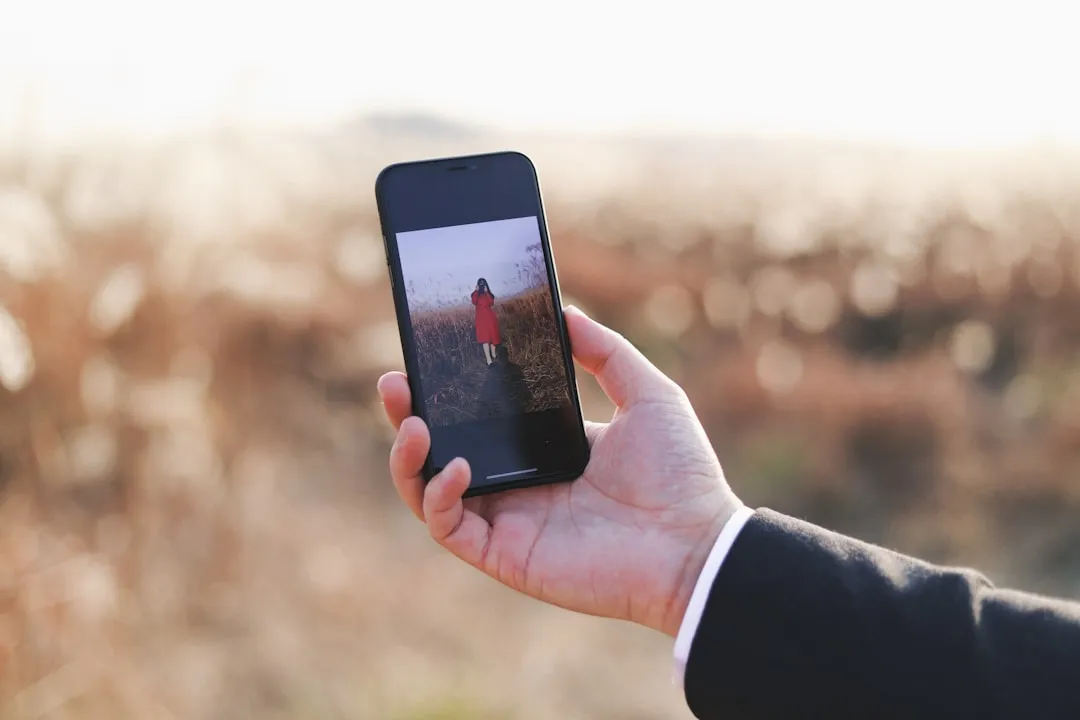
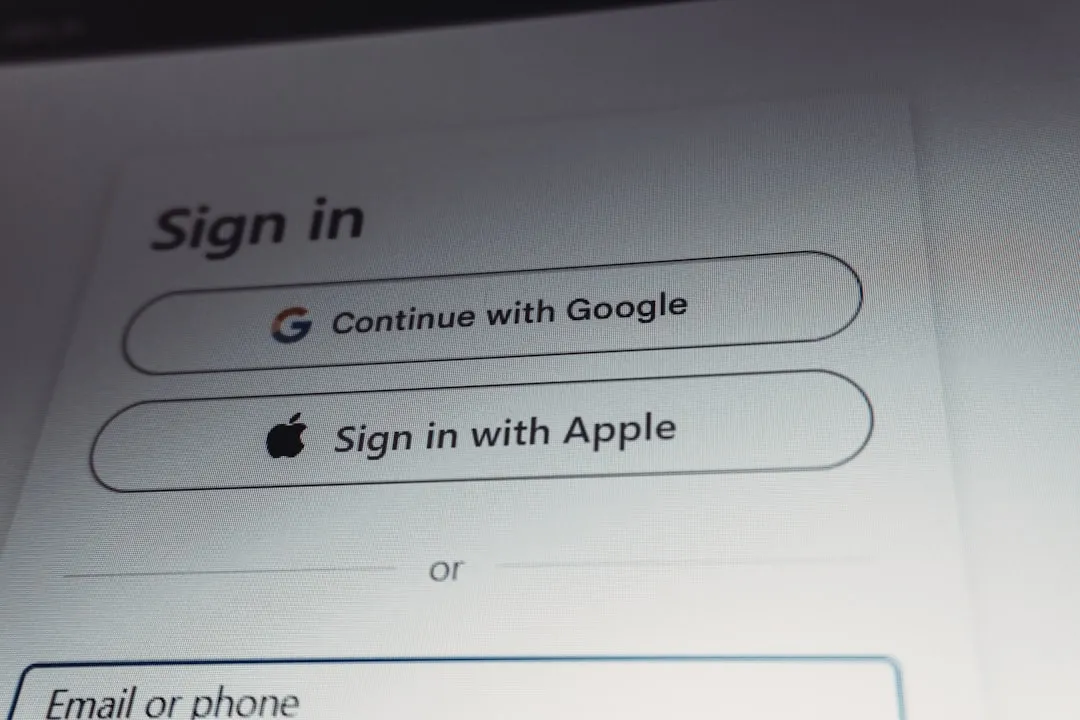

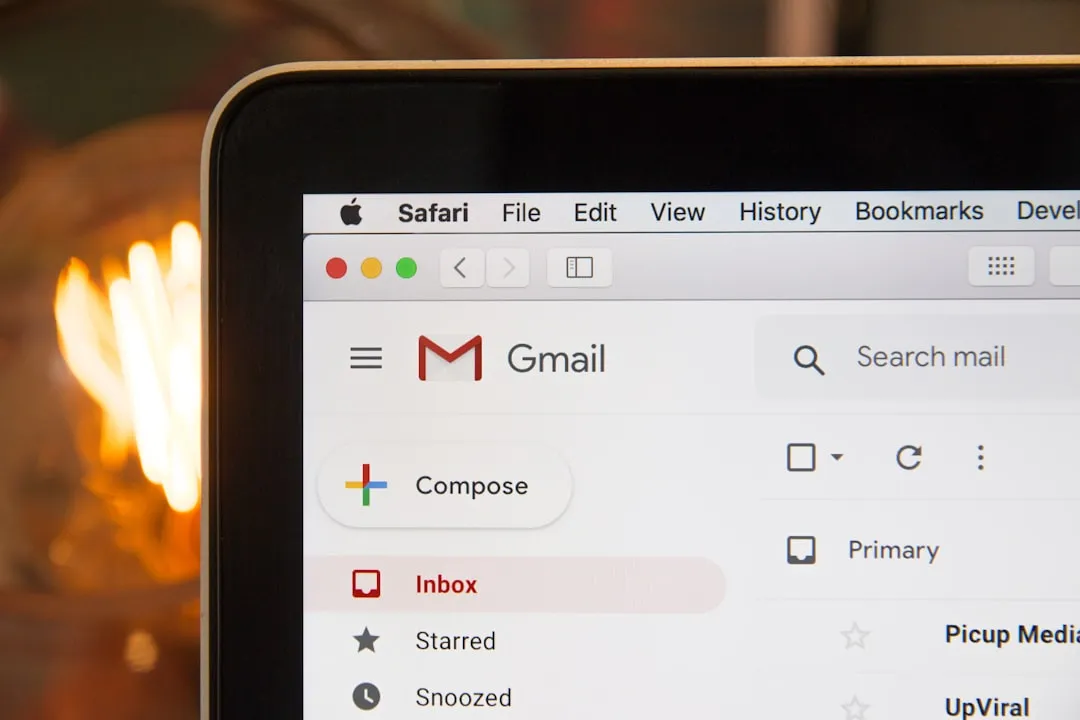
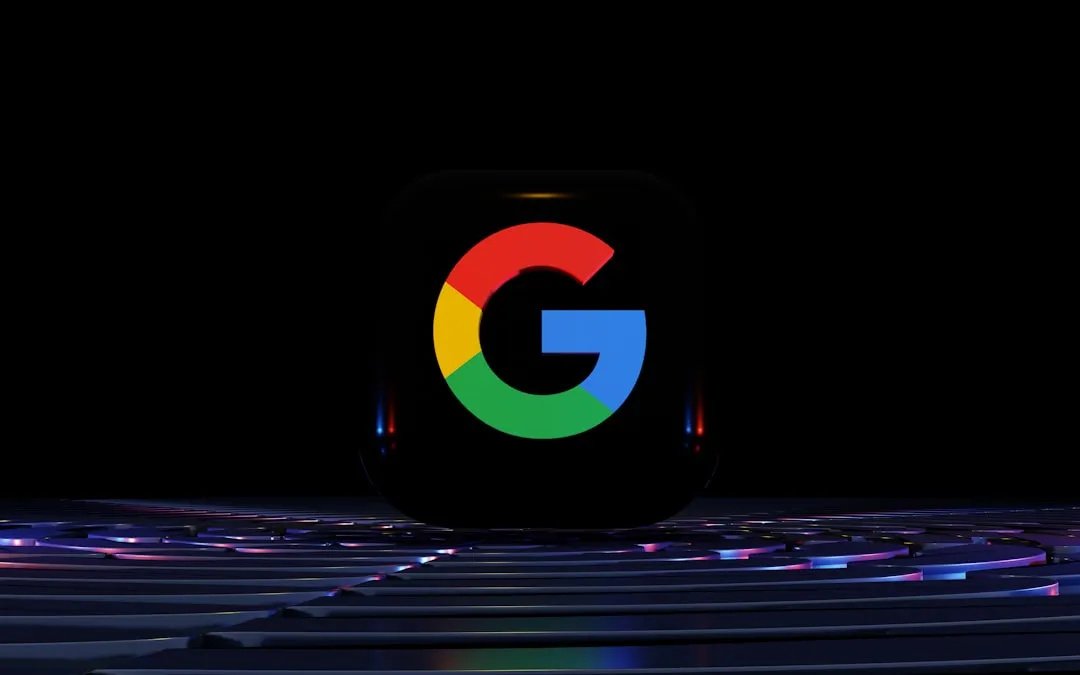
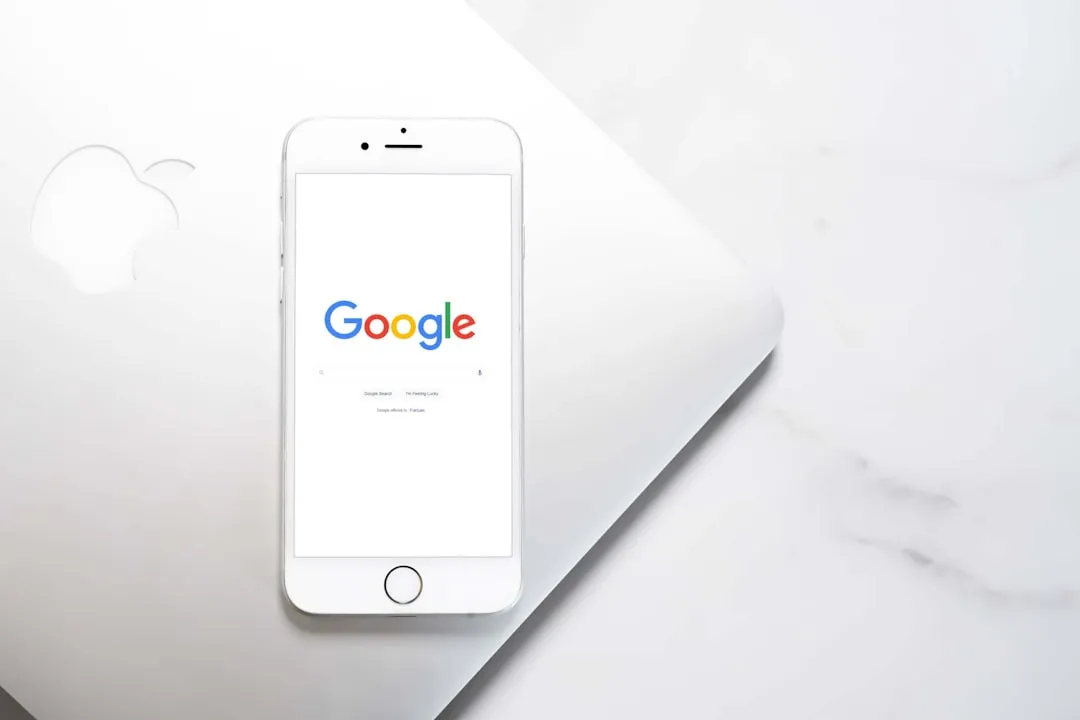
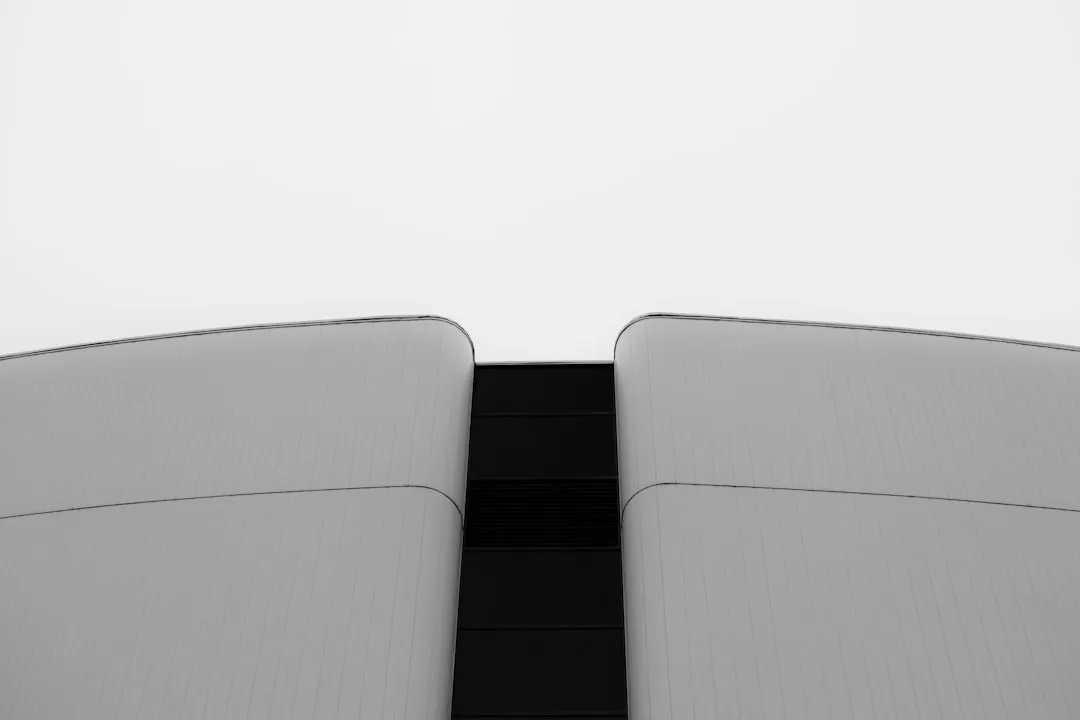
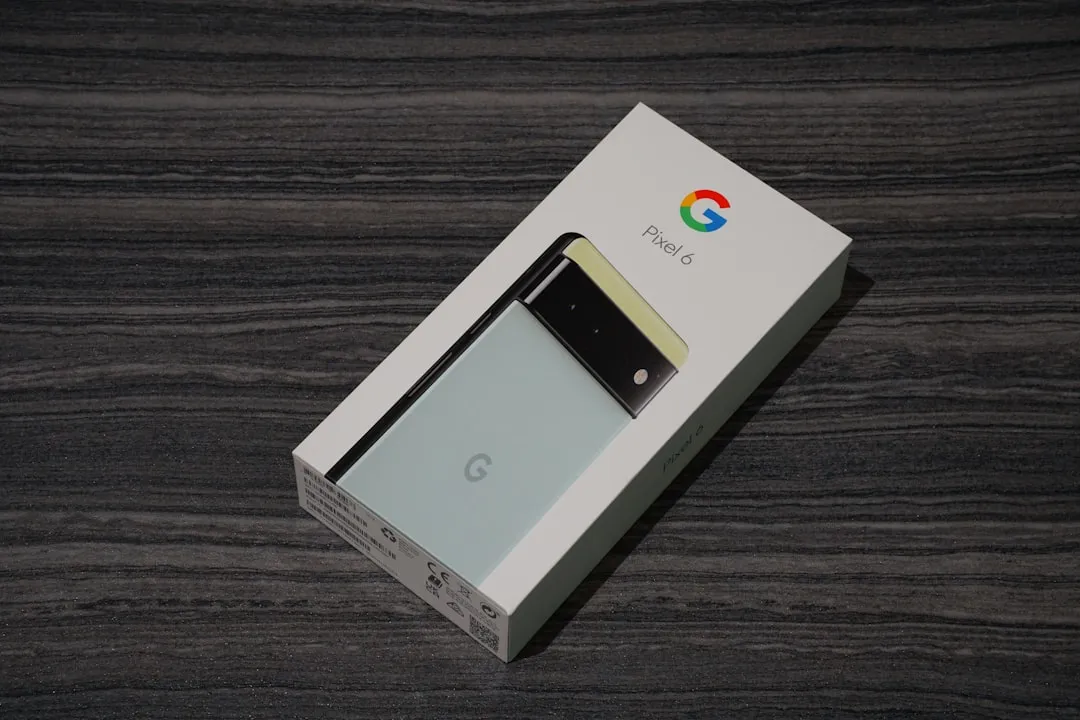
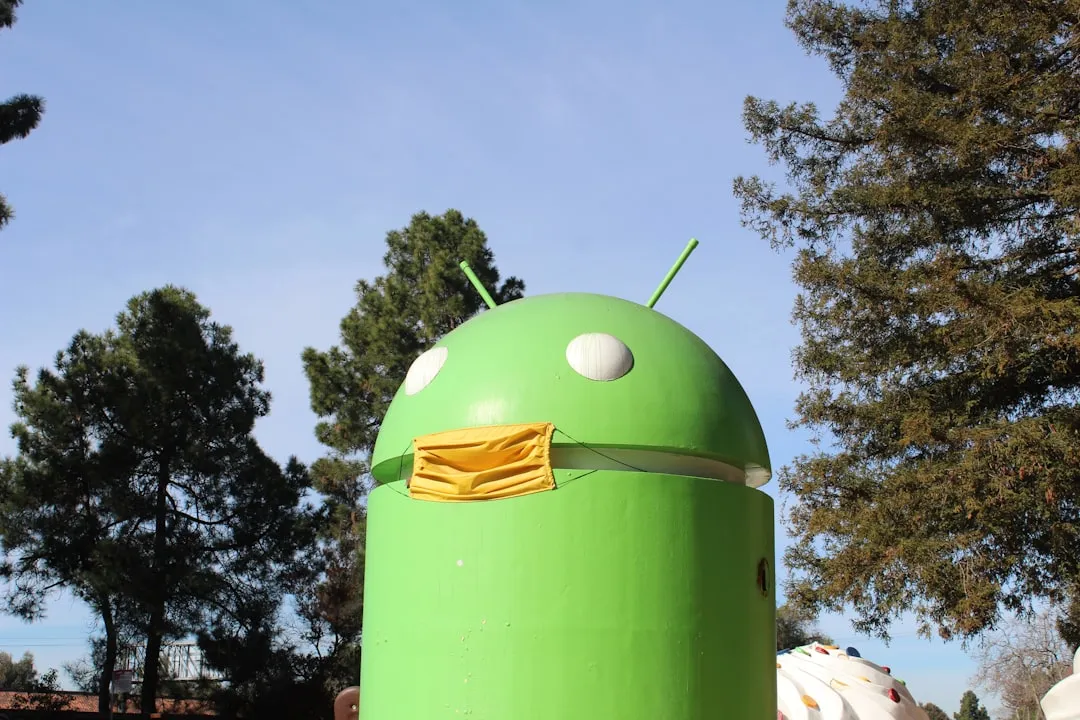
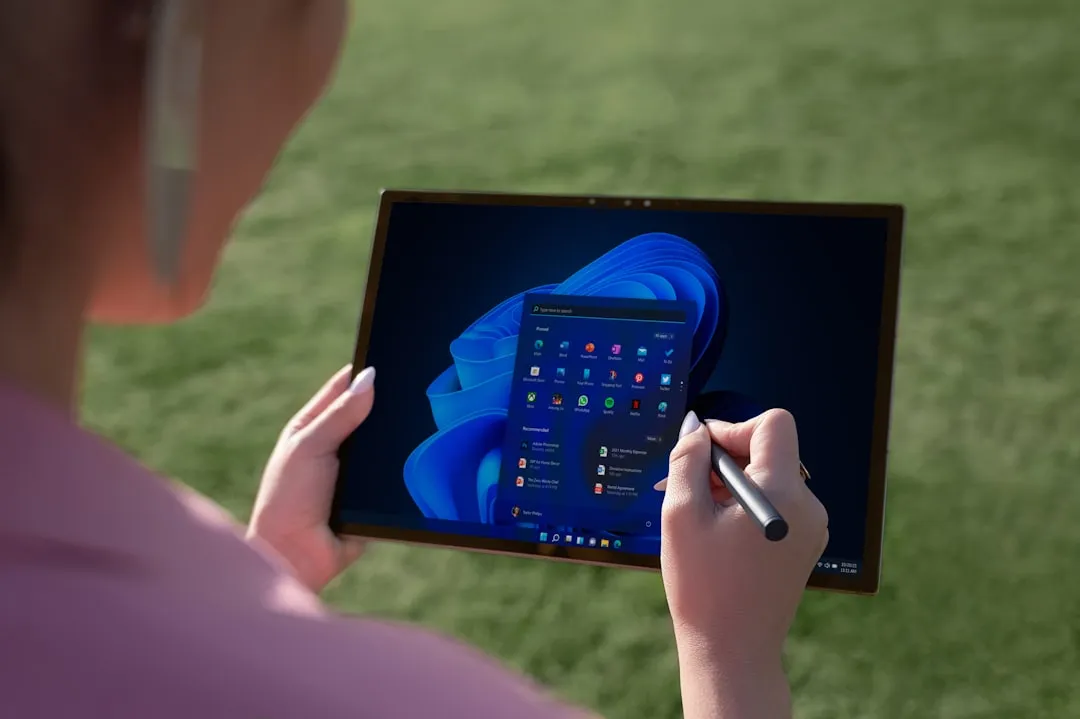
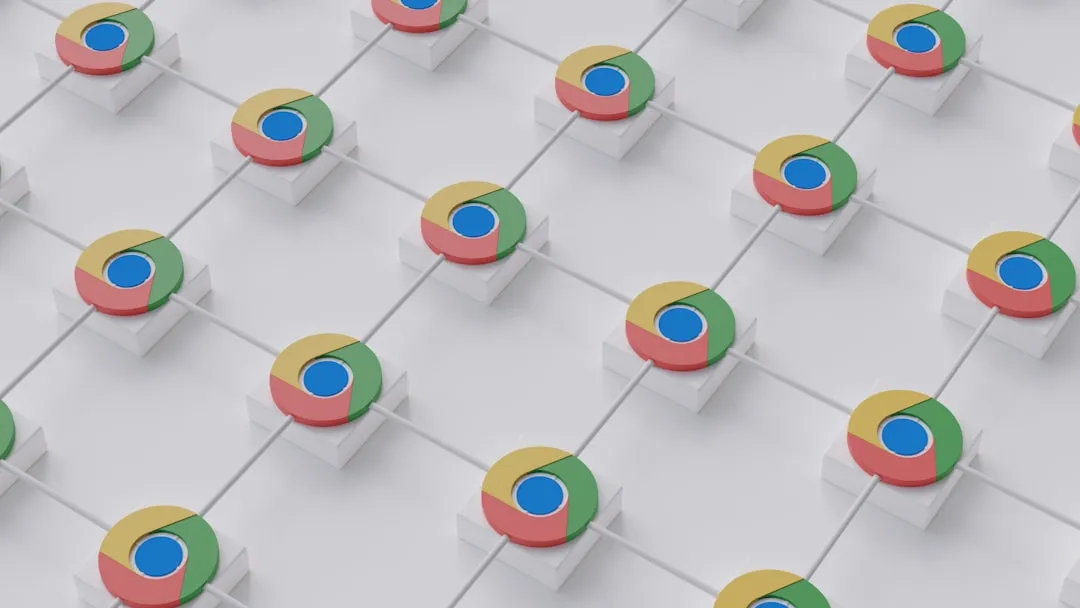

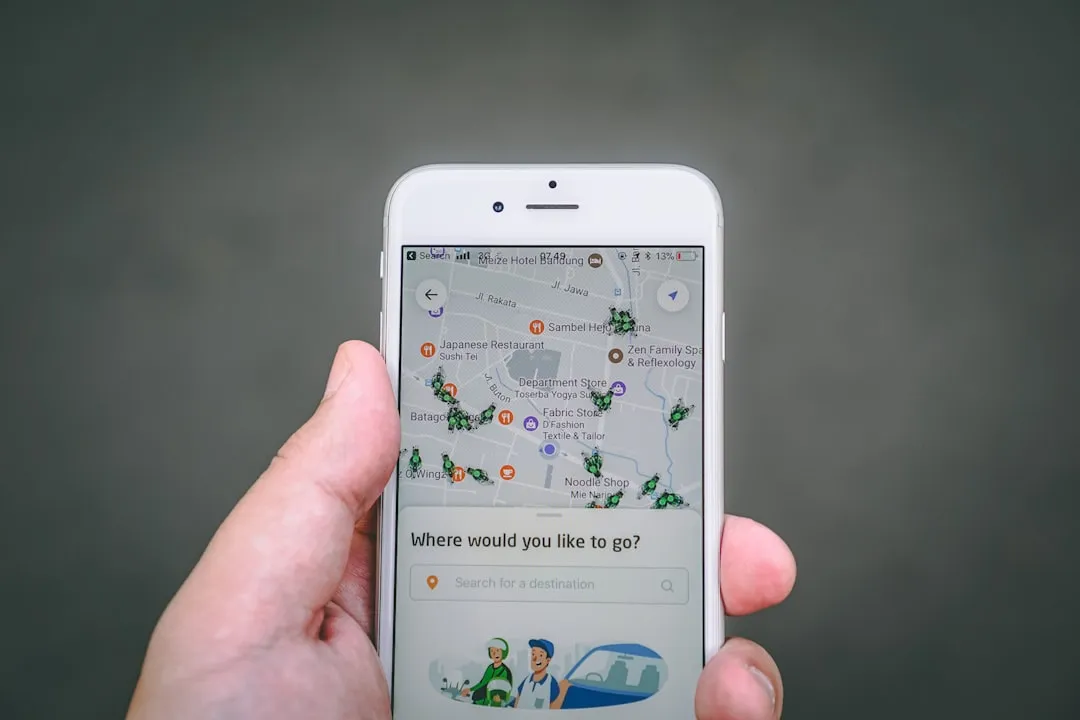
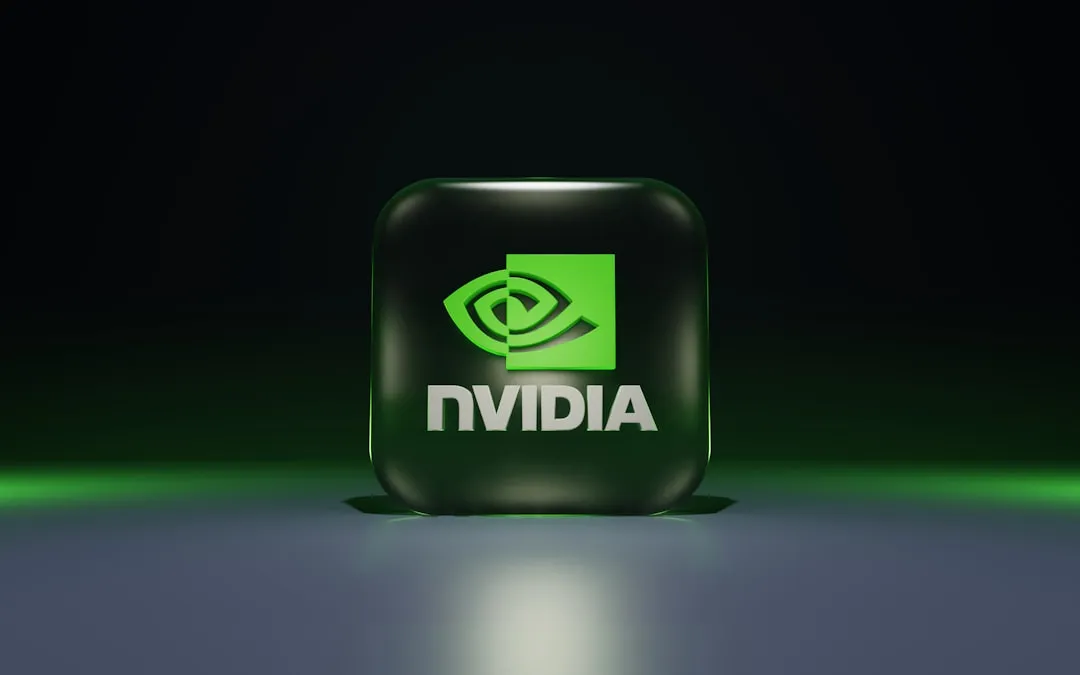

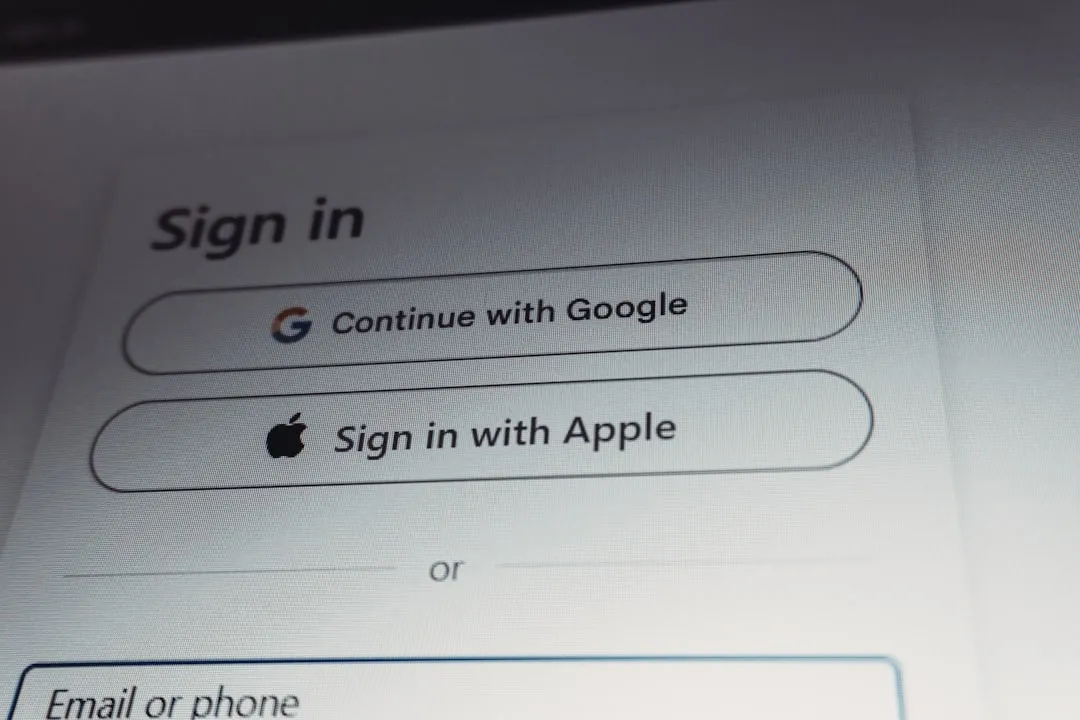
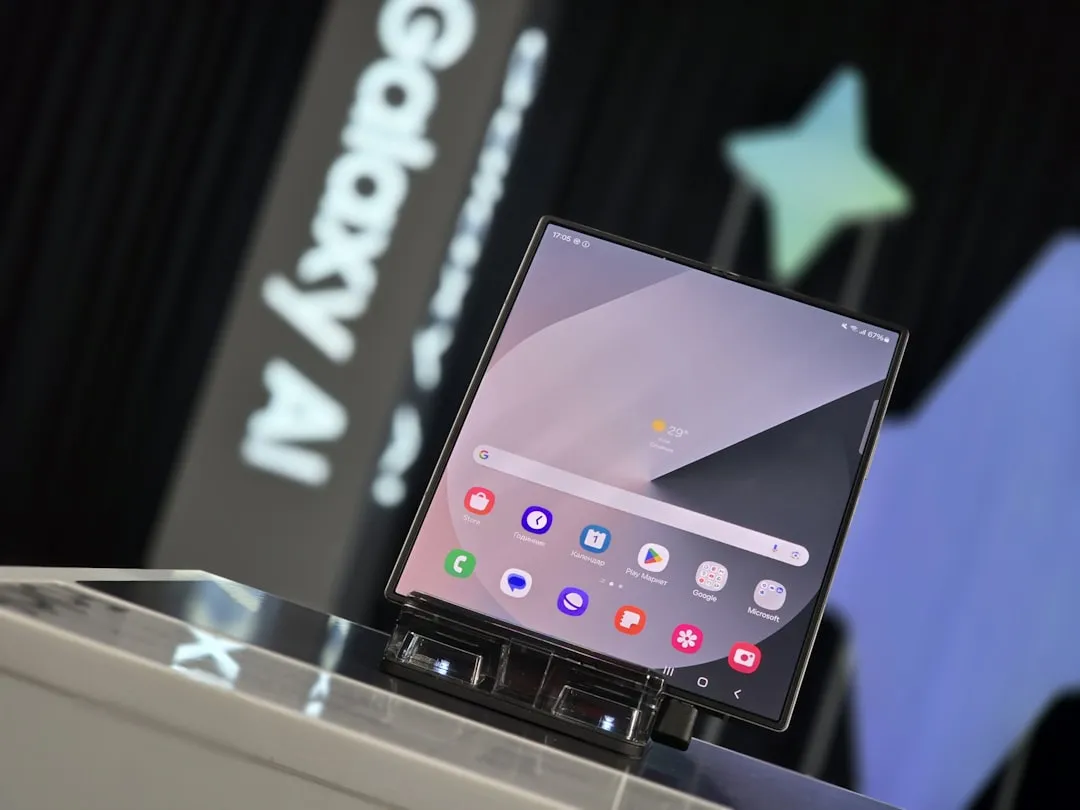
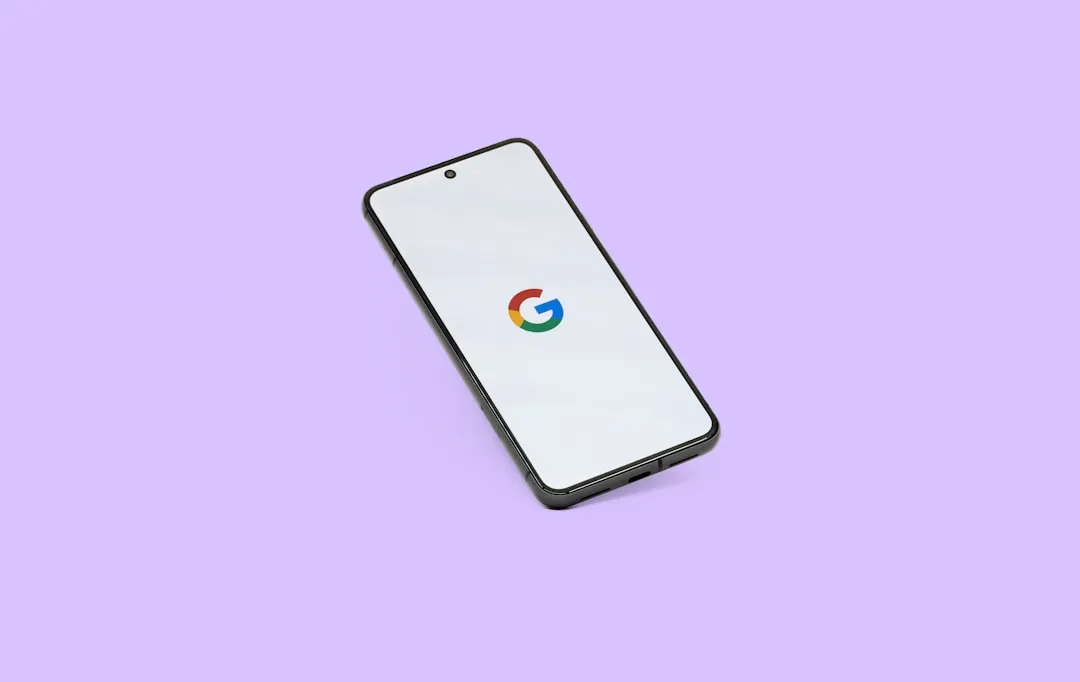

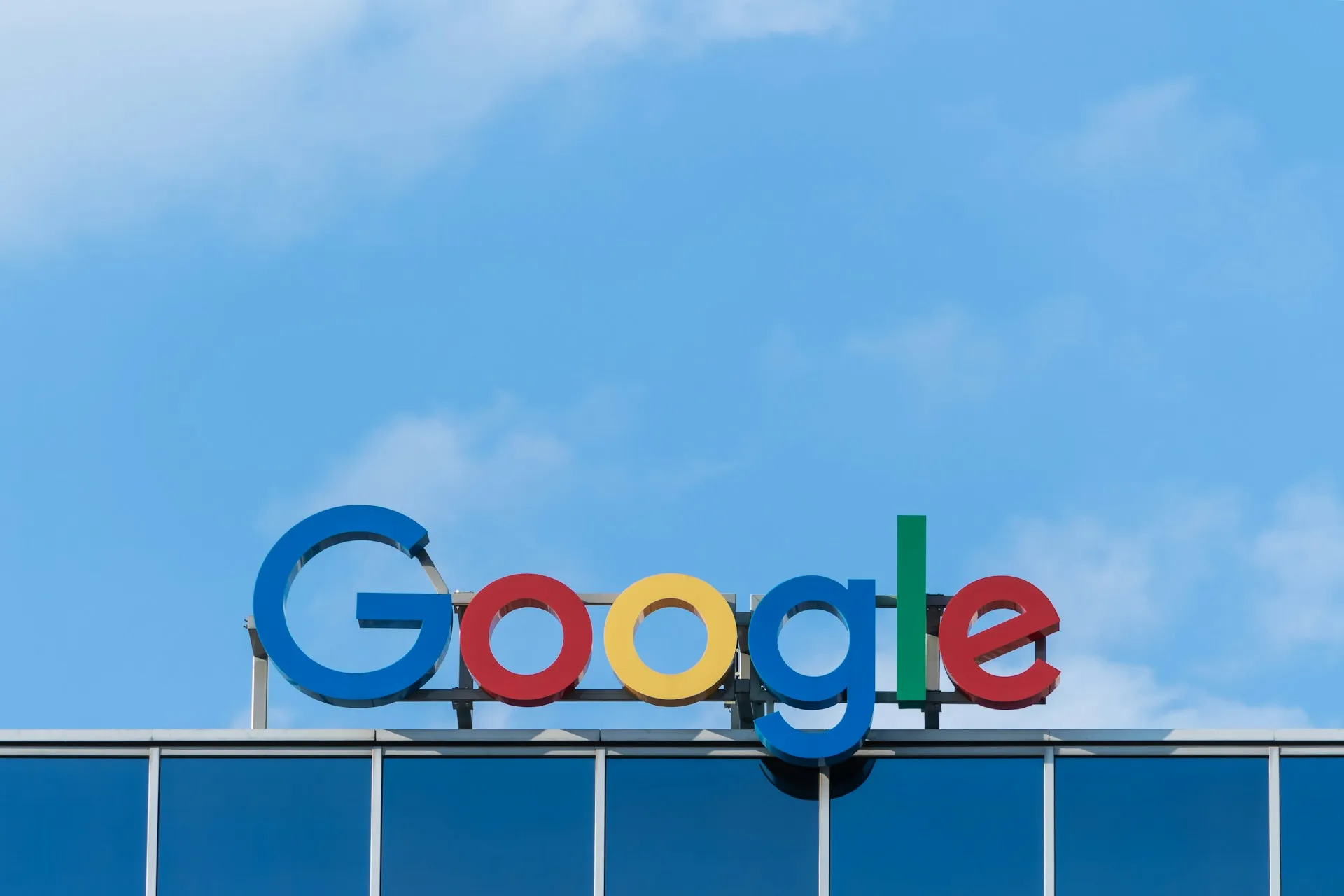
Comments
Be the first, drop a comment!